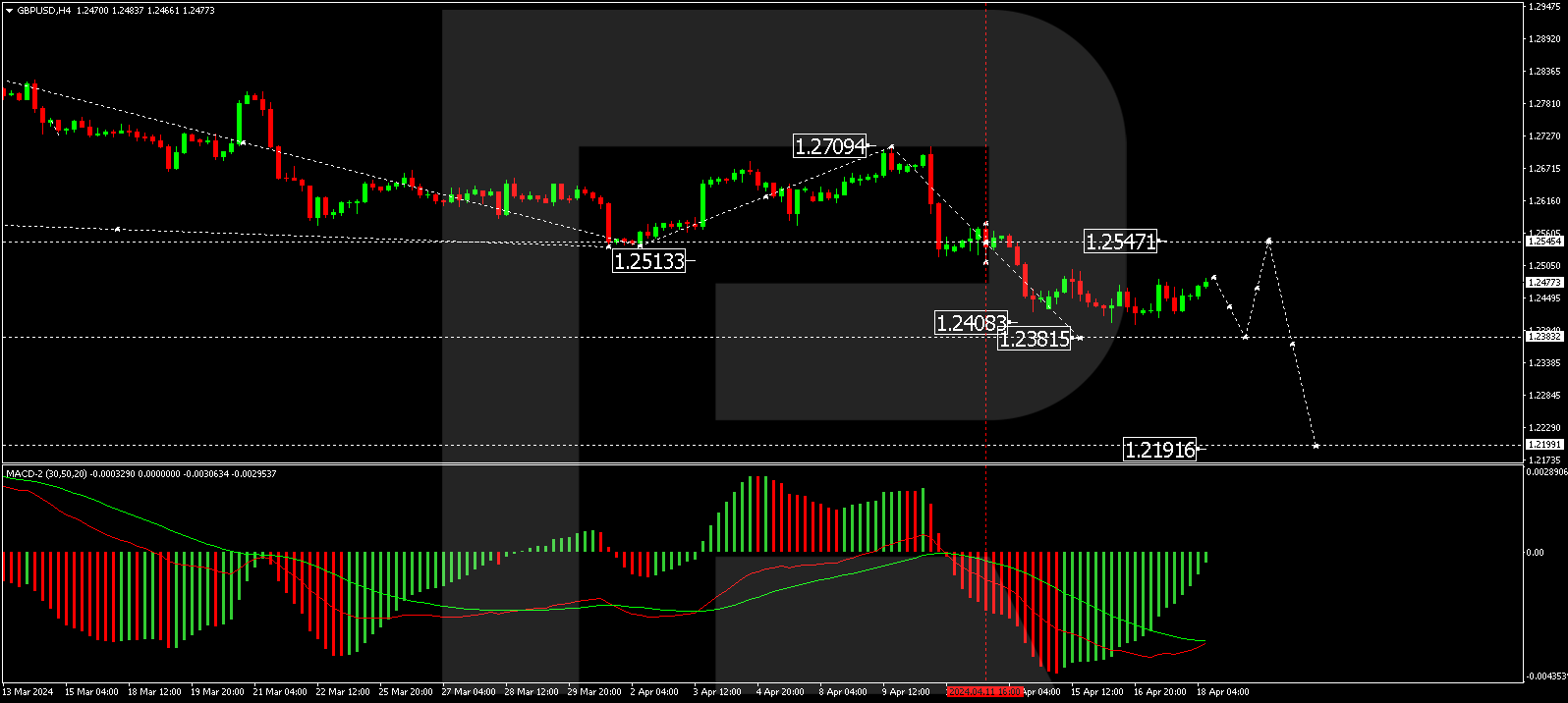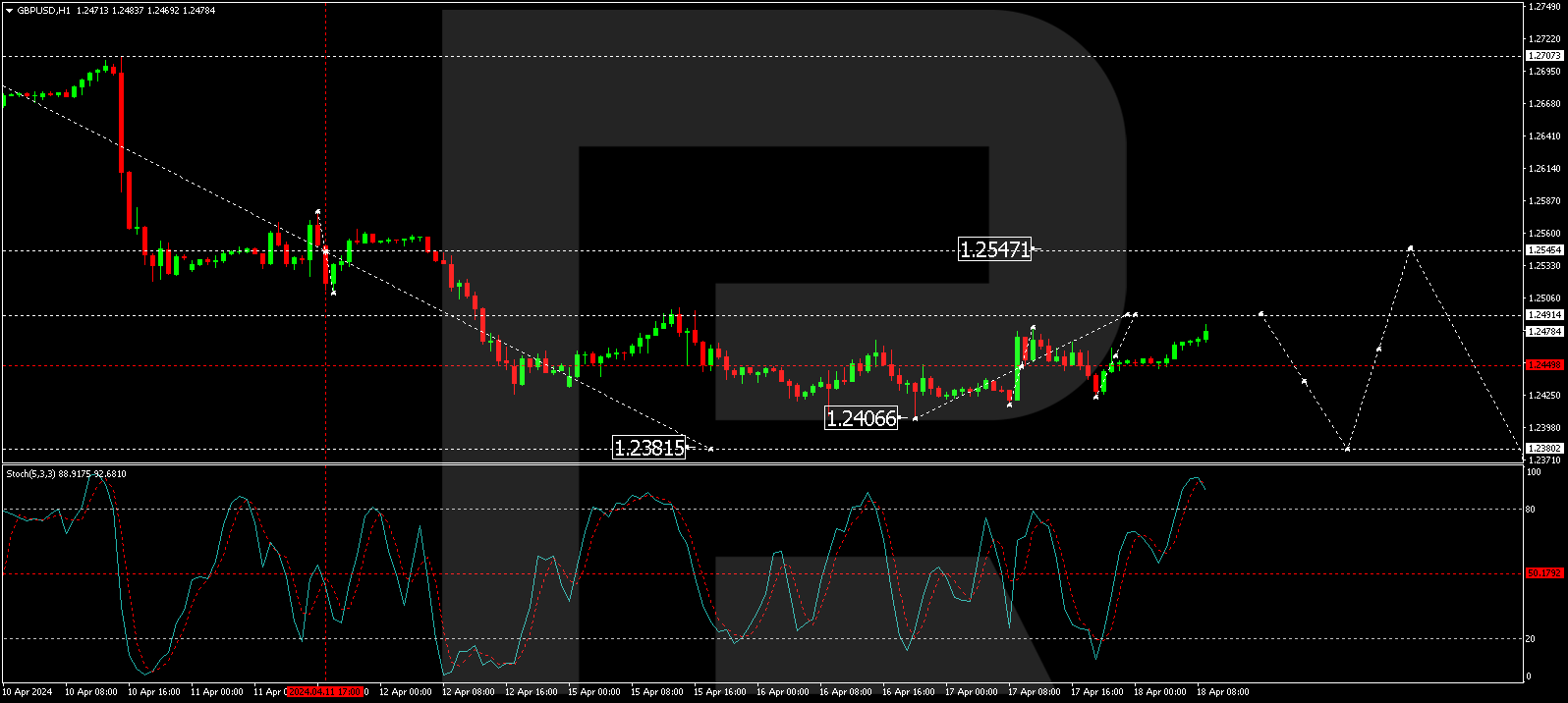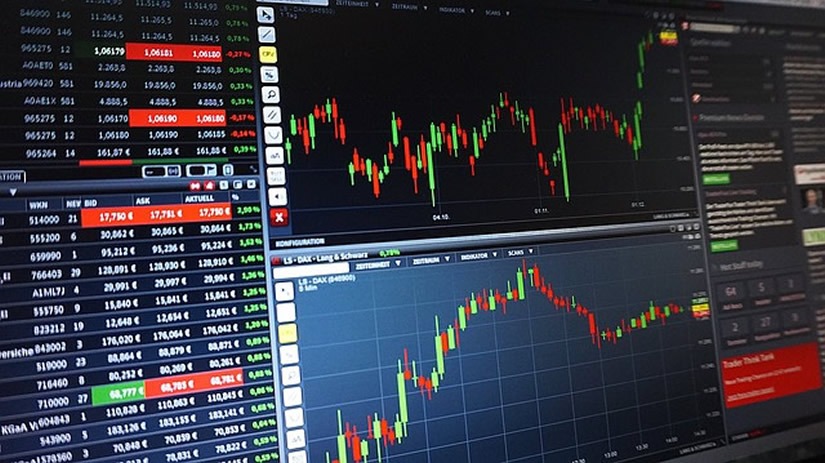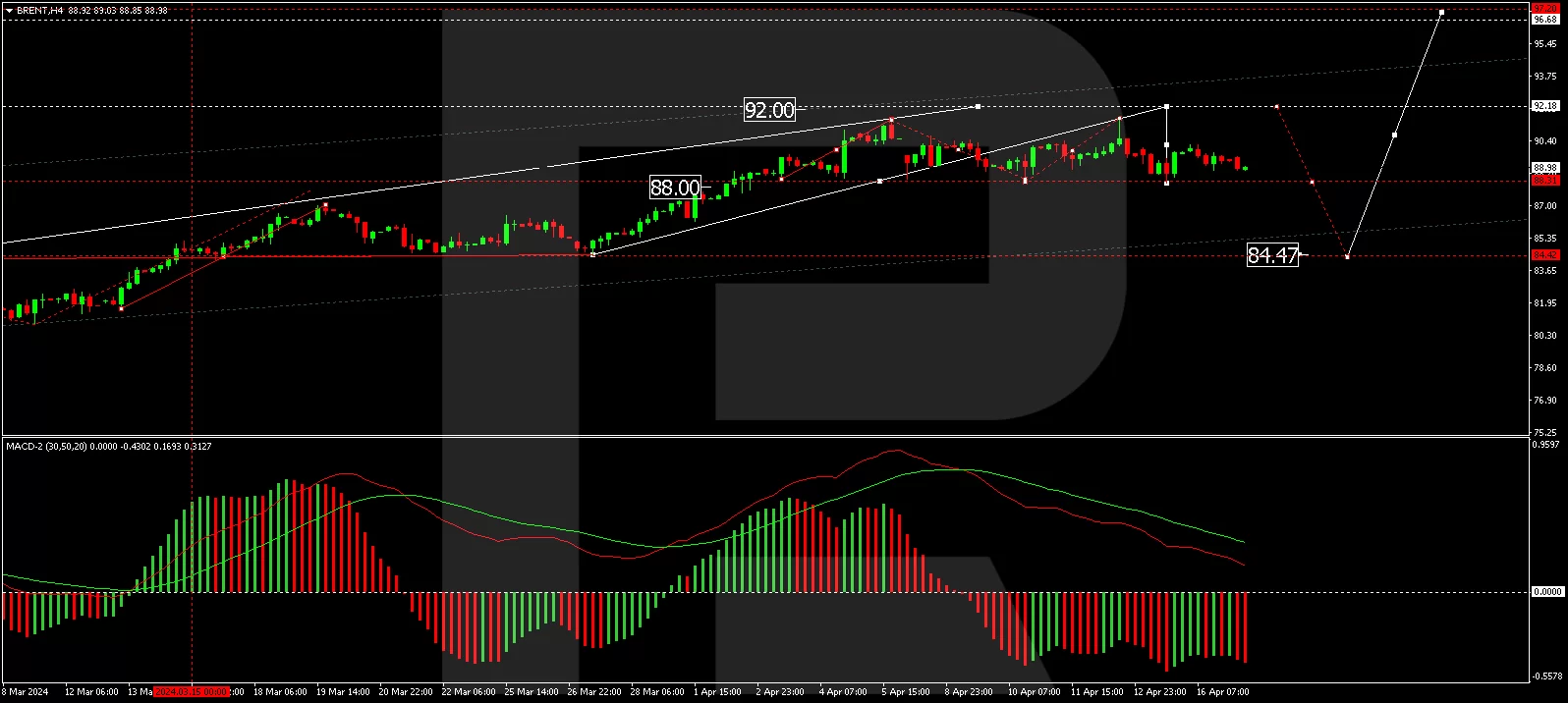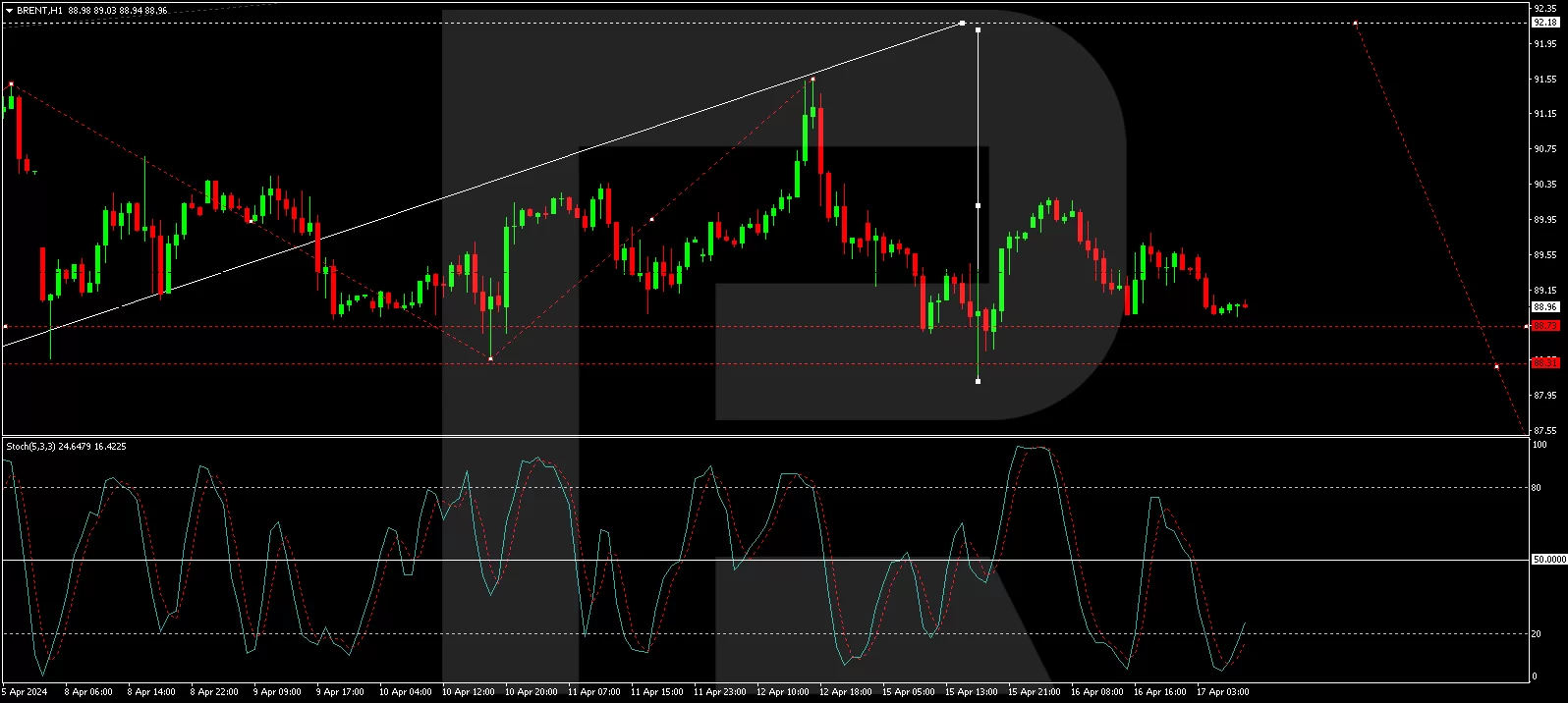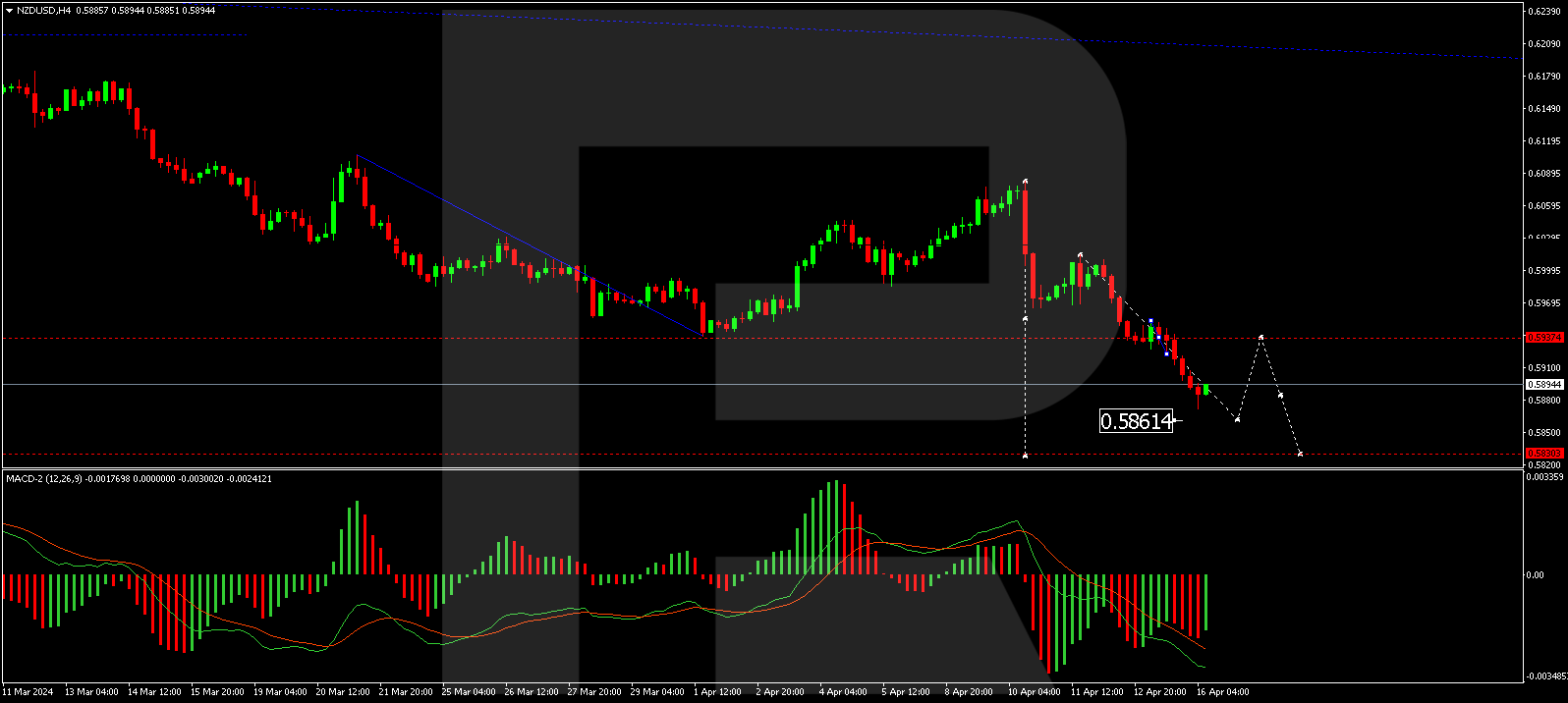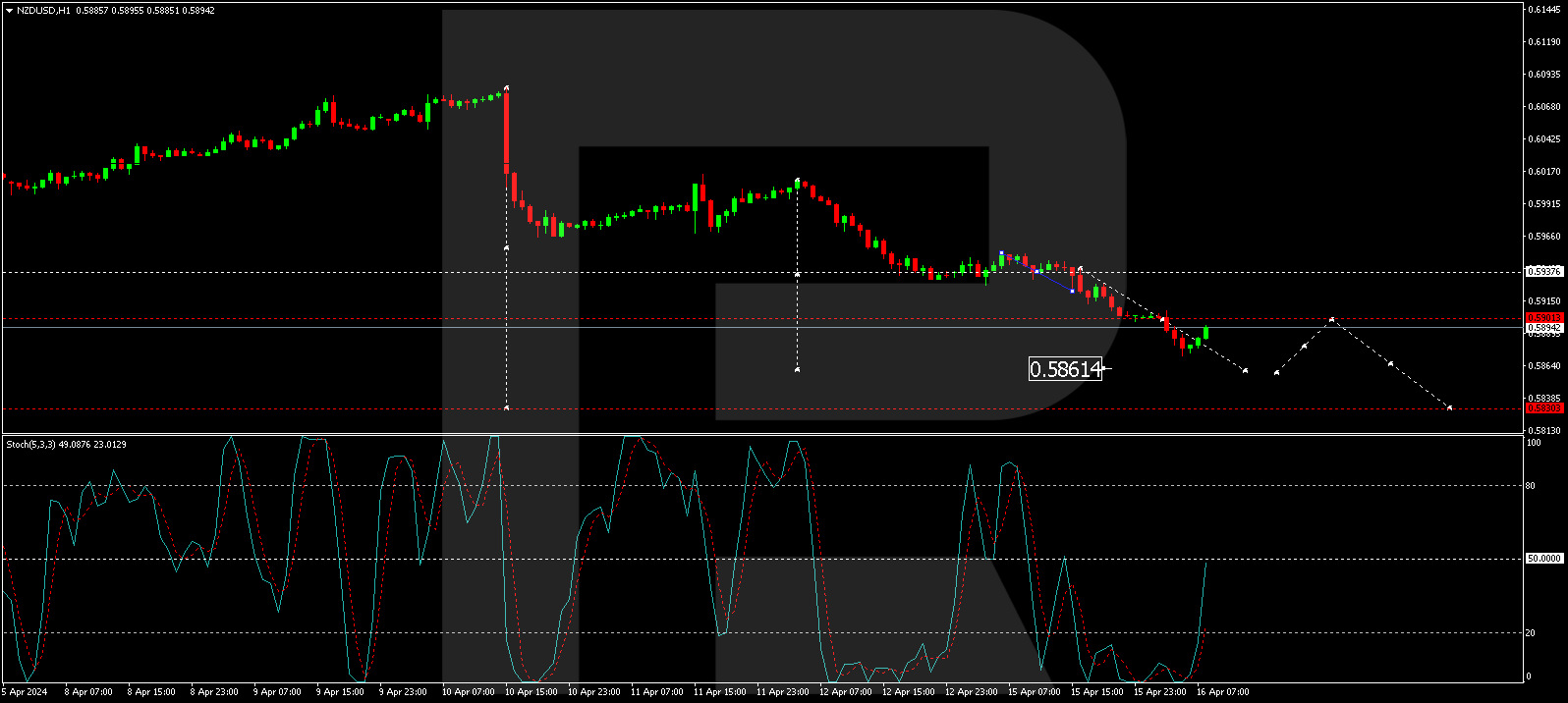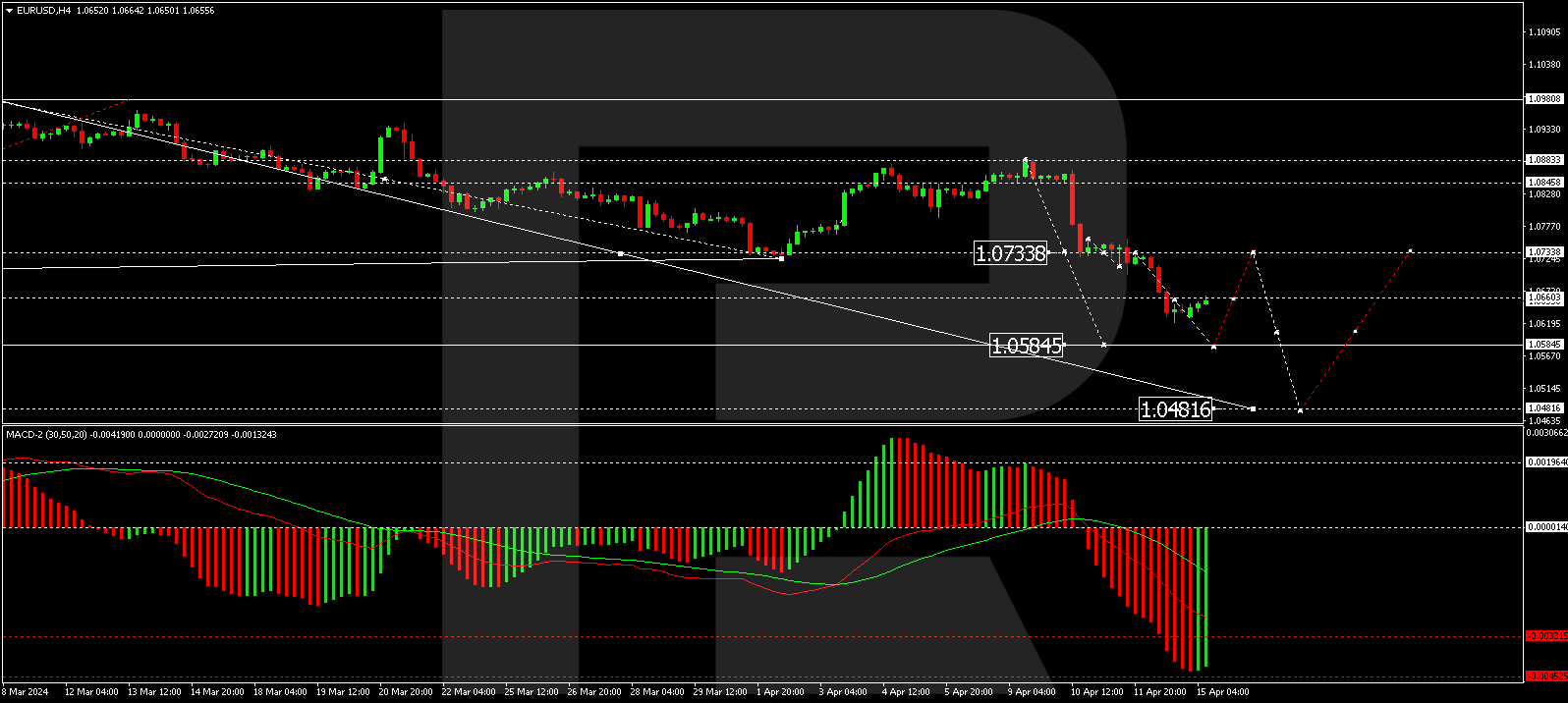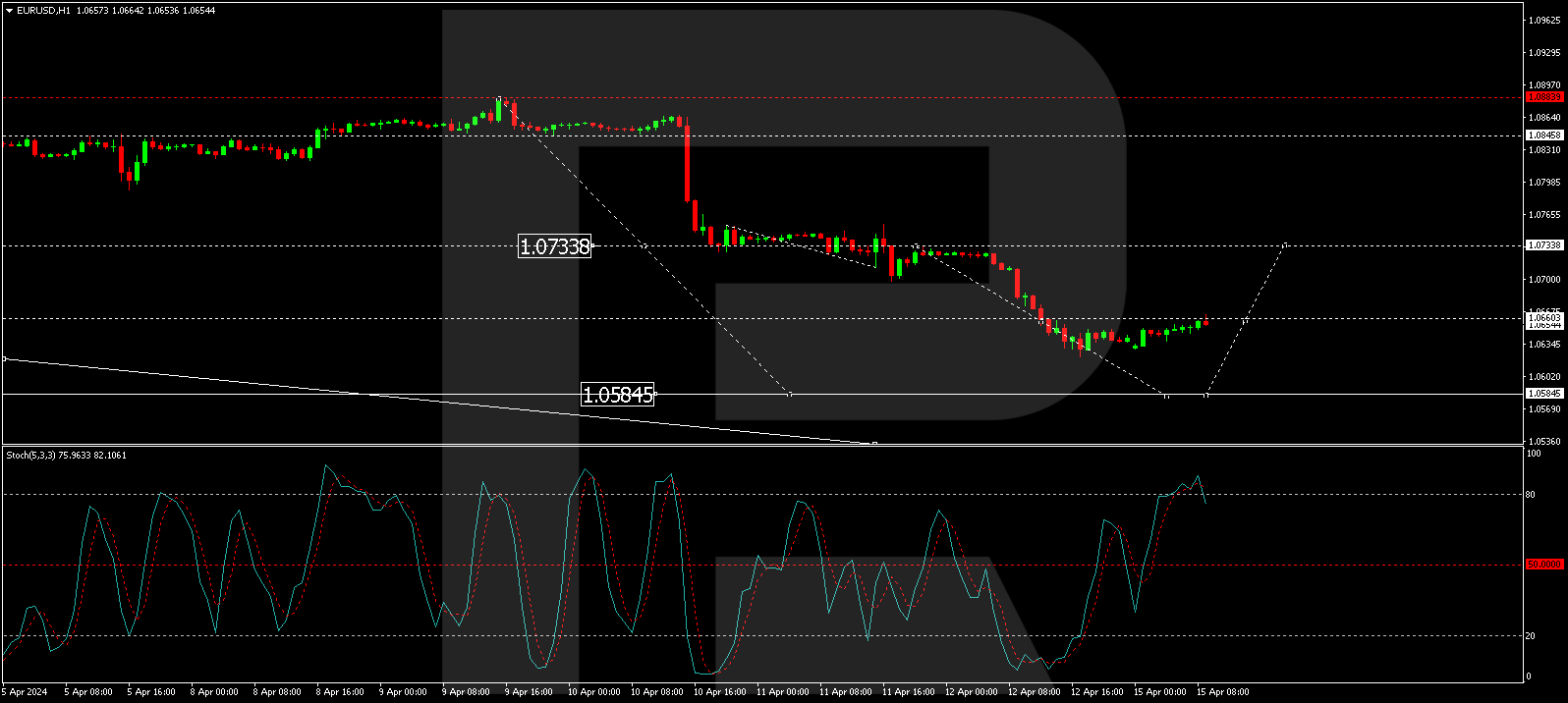By ForexTime
- Cocoa “throwback” rewards bears
- Bitcoin bears bag 50,000 points!
- USDCHF secures all bearish targets
Geopolitical risks, key economic data, and big bank earnings have made this an eventful week for markets.
And we could see more action as anticipation mounts ahead of the upcoming Bitcoin halving.
Here are how these discussed instruments performed this week:
1) Cocoa hits all-time high
- Where and when was Target Price (TP) published?
It was another week another all-time high for FXTM’s new commodity – Cocoa.
However, we cautioned that a “technical throwback could be in the works…with key support at $10717, $10485…)
Note: A technical throwback is when prices slip back towards a breakout level after breaking resistance.
- What happened since TP was published?
After hitting an all-time high at $11345.56 on Monday, prices tumbled over 8% on Tuesday amid profit taking and concerns over global demand negatively impacted by record cocoa prices.
- How much in potential profits?
Traders who entered at Monday’s closing price around $11120 and exited at the $10485 support level would have caught a 5.7% move to the downside.

2) Bitcoin: Halving vs Geopolitics
- Where and when was Target Price (TP) published?
In our trade of the week article published on Monday, 15th April:
“Prices seem to be under pressure following the sharp selloff witnessed on Saturday. Should $65000 prove to be reliable resistance, this could trigger a selloff towards $61500 and $60000.”
- What happened since TP was published?
Bitcoin along with other altcoins were hit by escalating geopolitical tensions in the Middle East.
The “OG” crypto dropped below $60,000 for the first time in more than a month amid profit-taking and risk aversion.
Note: The upcoming halving is a significant event for the crypto space and spark volatility.
- How much in potential profits?
A whopping 50,000 points for traders who shorted Bitcoin from the $65000 level.

3) USDCHF hits all bearish targets
- Where and when was Target Price (TP) published?
This technical scenario (USDCHF) is based on the FXTM Signals that are posted twice a day (before the London and New York sessions) for all FXTM clients to follow.
It can be found in the MyFXTM profile under Trading Services… FXTM Trading Signals.
- What happened since TP was published?
The USDCHF fell this morning as the Swiss Franc gained against most G10 currencies.
- How much in potential profits?
USDCHF has hit all its profit targets.
Traders who entered at 0.90956 and exited at the final target level of 0.90866 would have gained roughly 10 pips.

Feel like you missed out on these profits?
You can keep following our “Daily Market Analysis” for fresh trading ideas and opportunities across global financial markets.
 Article by ForexTime
Article by ForexTime
ForexTime Ltd (FXTM) is an award winning international online forex broker regulated by CySEC 185/12 www.forextime.com


